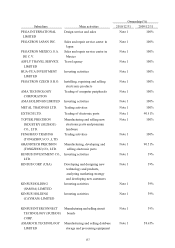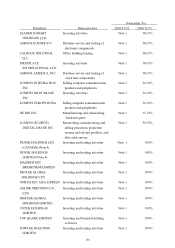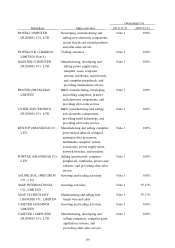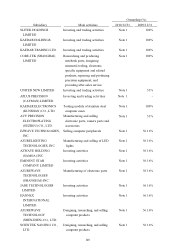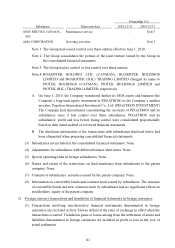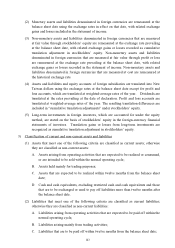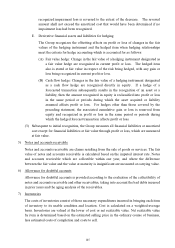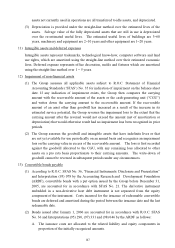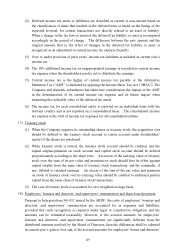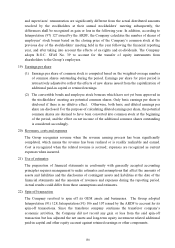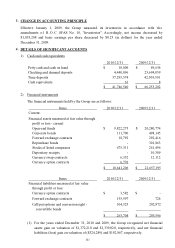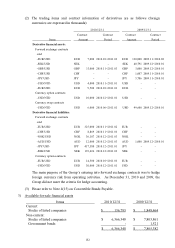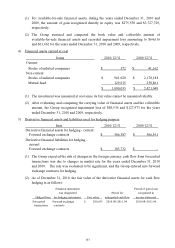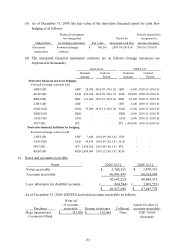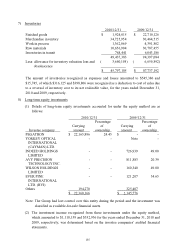Asus 2010 Annual Report Download - page 149
Download and view the complete annual report
Please find page 149 of the 2010 Asus annual report below. You can navigate through the pages in the report by either clicking on the pages listed below, or by using the keyword search tool below to find specific information within the annual report.
145
recognized impairment loss is reversed to the extent of the decrease. The reversal
amount shall not exceed the amortized cost that would have been determined if no
impairment loss had been recognized.
E. Derivative financial assets and liabilities for hedging
The Group recognizes the offsetting effects on profit or loss of changes in the fair
values of the hedging instrument and the hedged item when hedging relationships
meet the criteria for hedge accounting which is accounted for as follows:
(A) Fair value hedge: Change in the fair value of a hedging instrument designated as
a fair value hedge are recognized in current profit or loss. The hedged item
also is stated at fair value in respect of the risk being hedged, with any gain or
loss being recognized in current profit or loss.
(B) Cash flow hedge: Changes in the fair value of a hedging instrument designated
as a cash flow hedge are recognized directly in equity. If a hedge of a
forecasted transaction subsequently results in the recognition of an asset or a
liability, then the amount recognized in equity is reclassified into profit or loss
in the same period or periods during which the asset acquired or liability
assumed affects profit or loss. For hedges other than those covered by the
preceding statement, the associated cumulative gain or loss is removed from
equity and recognized in profit or loss in the same period or periods during
which the hedged forecast transaction affects profit or loss.
(3) Subsequent to initial recognition, the Group measures all financial liabilities at amortized
cost except for financial liabilities at fair value through profit or loss, which are measured
at fair value.
5) Notes and accounts receivable
Notes and accounts receivable are claims resulting from the sale of goods or services. The fair
value of notes and accounts receivable is calculated based on the imputed interest rate. Notes
and accounts receivable which are collectible within one year, and where the difference
between the fair value and the value at maturity is insignificant are measured at carrying value.
6) Allowance for doubtful accounts
Allowance for doubtful accounts is provided according to the evaluation of the collectibility of
notes and accounts receivable and other receivables, taking into account the bad debts incurred
in prior years and the aging analysis of the receivables.
7) Inventories
The costs of inventories consist of those necessary expenditures incurred in bringing each item
of inventory to its usable condition and location. Cost is calculated on a weighted-average
basis. Inventories are valued at the lower of cost or net realizable value. Net realizable value
by item is determined based on the estimated selling price in the ordinary course of business,
less estimated costs of completion and costs to sell.




